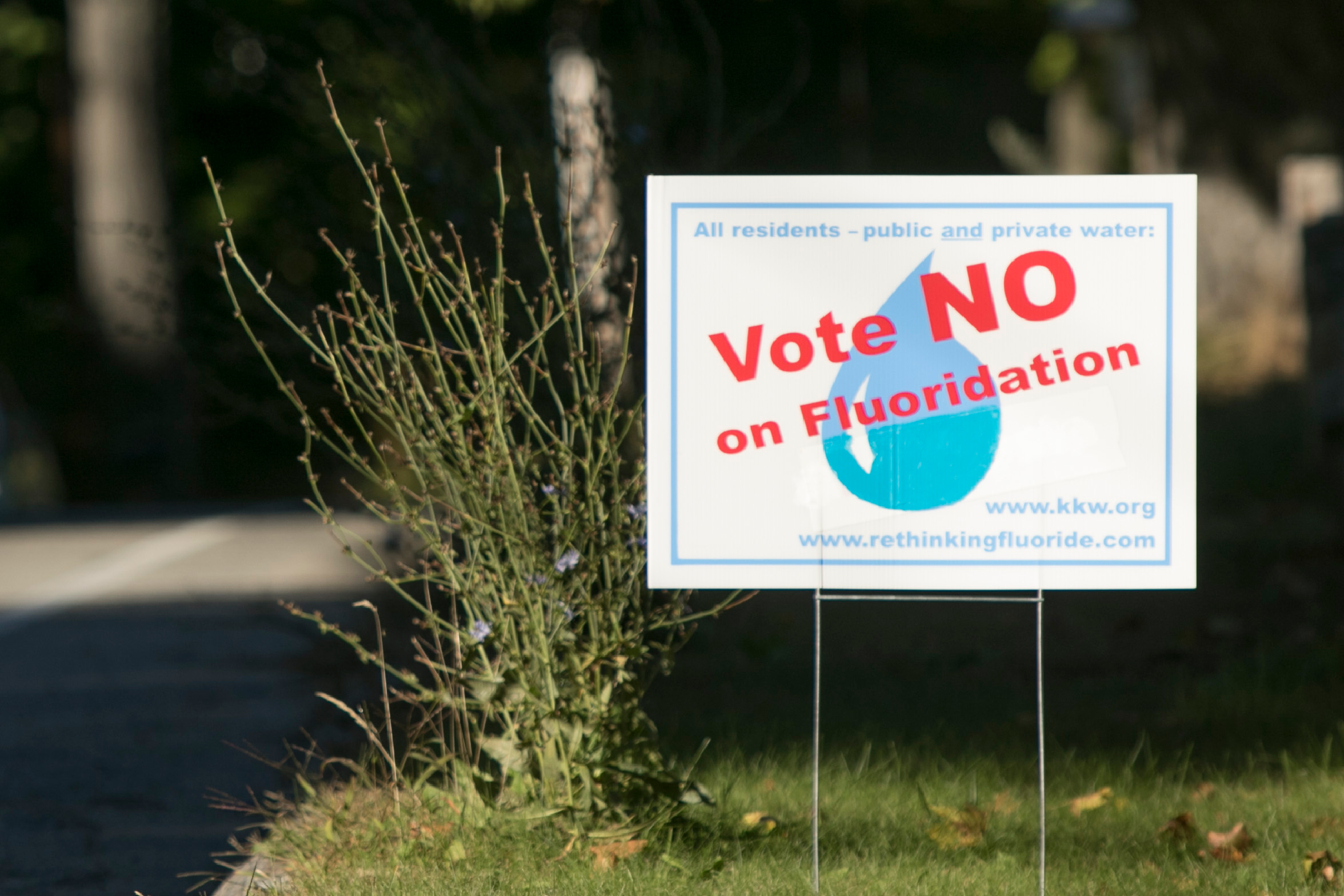…
It is a scenario playing out nationwide. From Oregon to Pennsylvania, hundreds of communities have in recent years either stopped adding fluoride to their water supplies or voted to prevent its addition. Supporters of such bans argue that people should be given the freedom of choice. The broad availability of over-the-counter dental products containing the mineral makes it no longer necessary to add to public water supplies, they say. The Centers for Disease Control and Prevention says that while store-bought products reduce tooth decay, the greatest protection comes when they are used in combination with water fluoridation.
The outcome of an ongoing federal case in California could force the Environmental Protection Agency to create a rule regulating or banning the use of fluoride in drinking water nationwide. In the meantime, the trend is raising alarm bells for public health researchers who worry that, much like vaccines, fluoride may have become a victim of its own success.
The CDC maintains that community water fluoridation is not only safe and effective but also yields significant cost savings in dental treatment. Public health officials say removing fluoride could be particularly harmful to low-income families — for whom drinking water may be the only source of preventive dental care.
“If you have to go out and get care on your own, it’s a whole different ballgame,” said Myron Allukian Jr., a dentist and past president of the American Public Health Association. Millions of people have lived with fluoridated water for years, “and we’ve had no major health problems,” he said. “It’s much easier to prevent a disease than to treat it.”
According to the anti-fluoride group Fluoride Action Network, since 2010, over 240 communities around the world have removed fluoride from their drinking water or decided not to add it.



Good god! Where do you live?!
I’ll grant that tap water may not taste great. This sounds stupidly picky, and I’m not, but there’s a clear difference in the water from our bathroom tap, kinda gross, and the kitchen tap, totally normal. Been like that since the house was new, 7-years ago.
One thing people don’t get, tap water is only nasty, if at all, when you first pour it. Take a glass and blast it full. Take a sniff, get your nose right on top.
If you let it sit for a day, it’s perfectly “flat”. This is why people’s houseplants suffer and turn brown at the tips. The plant pushes the chemicals, like fluorine and other stuff, out to the leaf tips, turns 'em dead. Let your water sit a day and it’s about like rainwater. (I know minerals like fluoride won’t change or evaporate out. Don’t know anything about municipal water treatment.)
And that’s another thing! I’ve noticed for years that when it’s dry, watering from the hose helps, of course. But a solid rain pops the green out. Very interesting to observe.
Lol, it sounds worse than it is. The water here is just very hard.
Not sure if it is a filtration issue or if it absorbed during transit in the pipes. At any rate, there is a very large chemical manufacturing plant and a nuclear fuels processing plant a stone’s throw from where I live, so the state monitors the waterways like a hawk. They’ve been busted a small handful of times over the years, but thank goodness nothing serious enough to worry about- despite what some of the other locals say.
That’s super interesting about the plants! Something to keep an eye on in the garden over the summer. I appreciate the tip about leaving the water out overnight too.
Apparently, boiling hard water causes certain minerals to bind with microplastics, making them way easier to filter out. So you have that going for you?